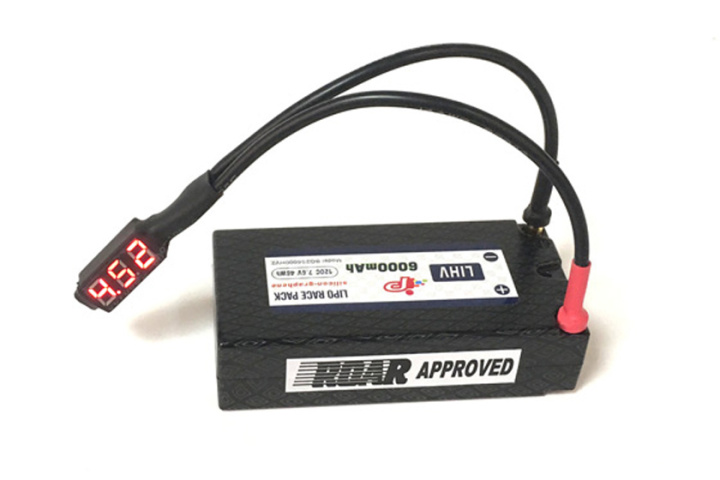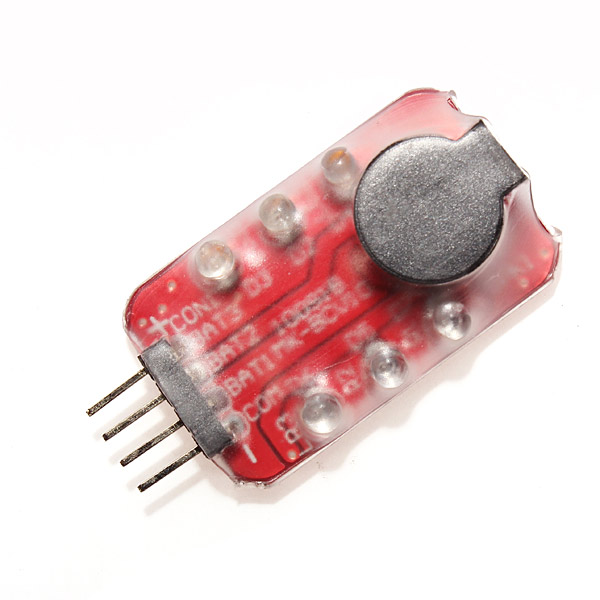

Warning! While powering your Arduino UNO thru the Vin header, reverse polarity of the Vin/GND power connection will kill your Arduino board.

The commonly recommended input voltage here is 9VDC which is in between the recommended minimum and the maximum input voltages (7-12V).Īt this point, note that the voltage input header and the dc power jack are both connected to the same voltage regulator circuitry, which can take in voltages between 7-12V and convert them into stable 5V demanded by the AVR microcontroller. It’s clear from the official schematic that the only difference is the polarity reversal protection diode. Powering the Arduino UNO board thru the Vin female-header is basically the same as using the DC barrel jack. Obviously, this simple trick allows the onboard voltage regulator circuitry to stabilize the microcontroller power rail aright thus prevents the battery from frying Arduino’s sensitive electronics. And, as the voltage of the battery varies with use, I would always wire it through the Vin header. Usually, I’m using 3S LiPo batteries to power my standalone Arduino projects. Well, now you can go through this link to access that great post Arduino & 3S LiPo Battery!

In this article, you can see an in-depth explanation of Arduino UNO’s power supply subsystem. Luckily, the Arduino’s internal power supply circuitry is designed to do the right thing no matter which recommended power source is plugged in! First off, it’s good to note down that, in addition to the USB power supply the external power sources for Arduino are linear/switching power supplies, and primary/secondary batteries of various types.
LIPO VOLTAGE MONITOR HOW TO
When you want to build a standalone Arduino project, the first thing to consider is how to power it once the setup is disconnected from the computer’s USB port.


 0 kommentar(er)
0 kommentar(er)
